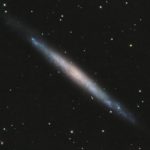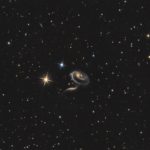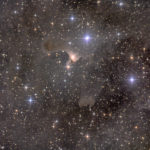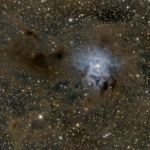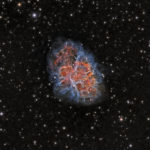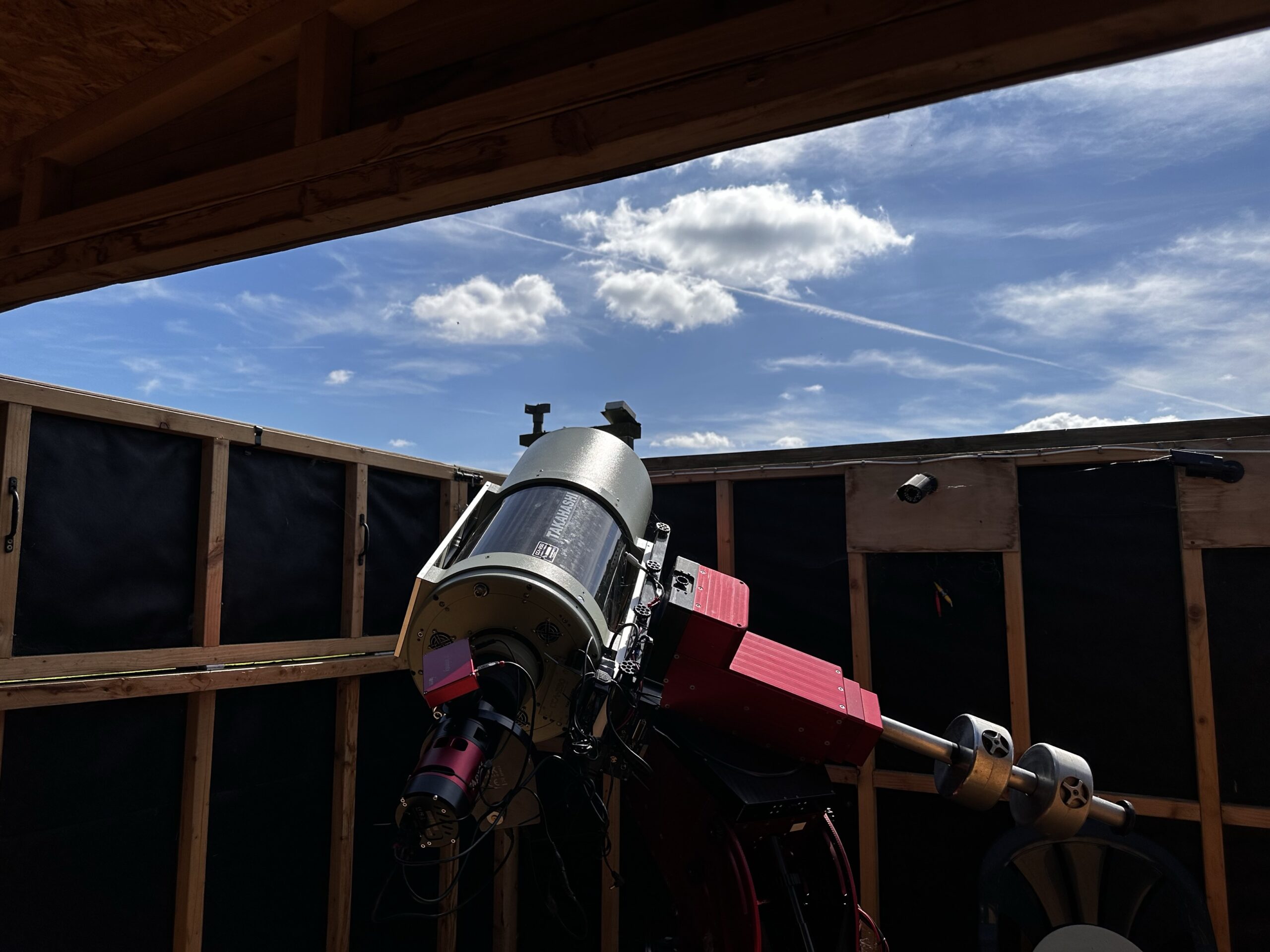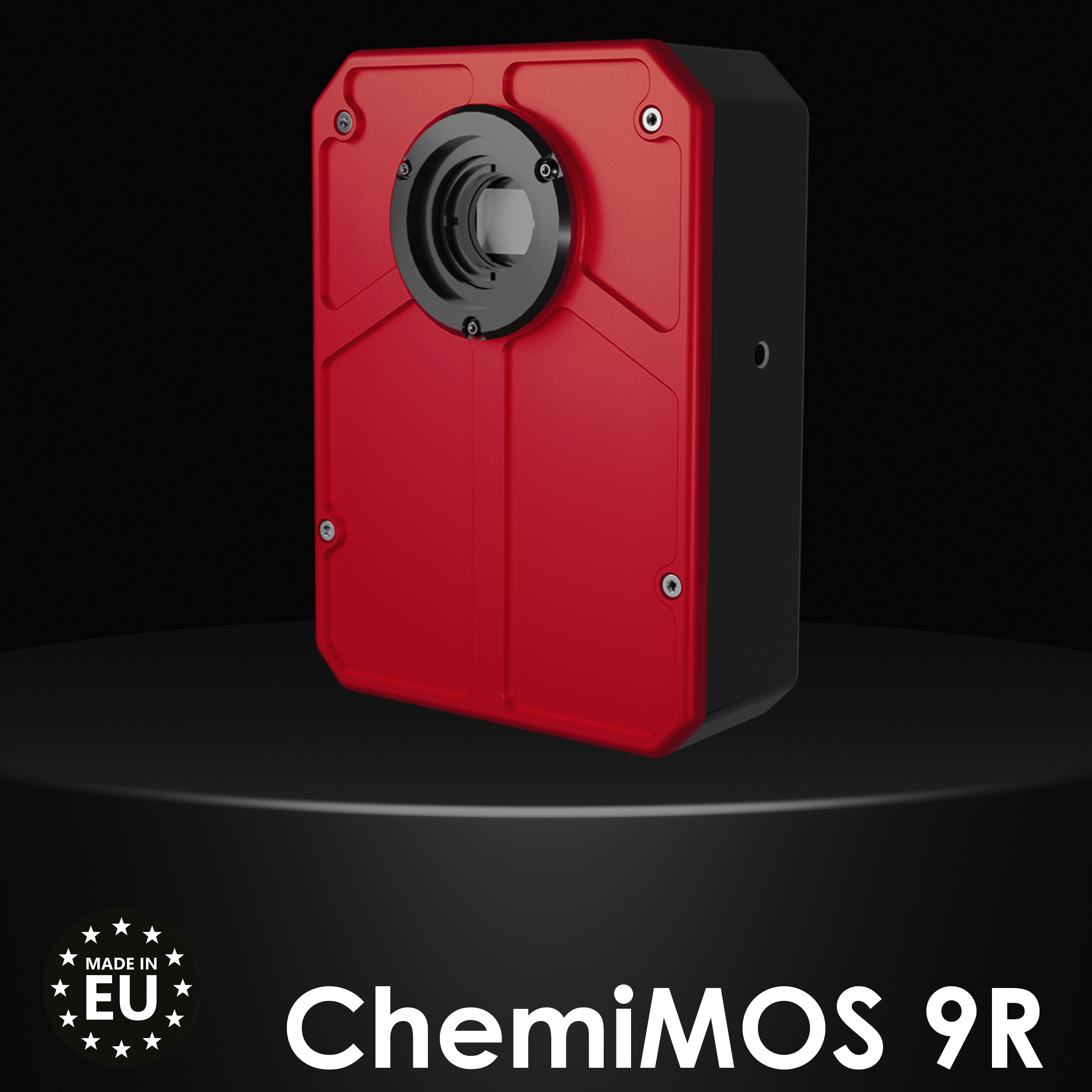It is with great pleasure we can finally announce the winner of our biggest astrophotography competition to date. In 2020 we received well over 450 submissions of an incredible standard, meaning our expert panel had their work cut out for them yet again this year. As always we have a winner and two runners up, but additionally, we also have a number of impressive highly commended too.
First, we would like to thank each and every one of you for your support and dedication to the hobby. Each image represents hours of consideration, imaging and processing, which goes on to inspire the astro-imaging community along with a new generation of astronomers. Keep up the good work!
Naturally, the astrophotography competition will continue in 2021, so don’t forget to follow our social media channels for further news.
2020 Astrophotography Competition Winner
Stefan Muckenhuber and Thomas Engl – M81/82 – Atik460 EX x 2
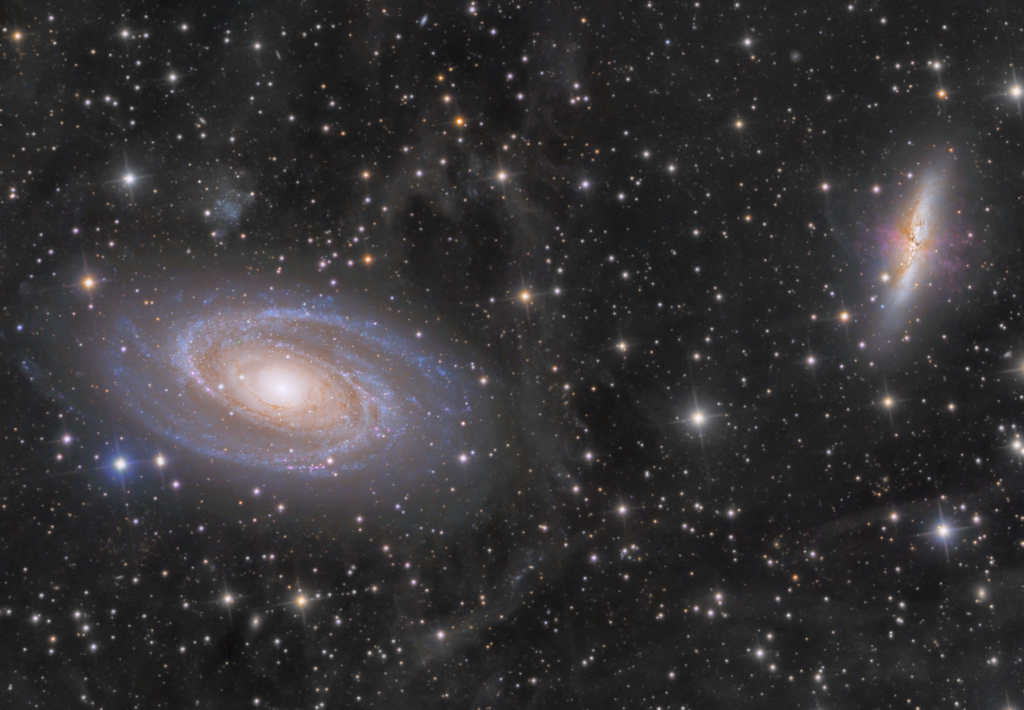
About the image: We came up with the idea to combine data, which resulted in a total of 52h of exposure time.
It turned out that these sets of images harmonized very well with each other: The 35 h with my 100 mm refractor provided a very good detail level in the galaxies and the 17 h with the Boren Simon added additional depth to the integrated flux nebula.
The post processing of this project was quite difficult. Showing the details in the galaxies and the IFN as clear as possible while maintaining a natural overall impression of the image was always something I considered one of the biggest challenges in astronomical image processing. Specifically in terms of colour: I only collected 3h per channel. Filling this deep luminance with colour was quite a tedious process.
I only managed to successfully process this project in 2020. As in many other countries, there were several lockdowns in Austria. As some kind of ‘occupational therapy’, I have been processing a lot in this time and after some evenings behind the computer I was finally able to achieve a satisfying result.
About the astrophotographer: I am an astrophotographer from Austria/Tirol and I have been practising this hobby for about 8 years now.
Looking at the stars in a clear night has always fascinated me, so one day I decided to buy a telescope to take a closer look. I began with visual observations until someday, I tried to put my DSLR camera behind my scope. Although I didn´t exactly know what I was doing and also my equipment wasn´t fit for any serious attempts for astrophotography, the results just blew me away. My first picture of a so called deep sky object was of M13 – The hercules cluster. The exposure time was very low, the stars weren´t round and there was not much detail in it, but the sheer fact, that I saw anything of an object, located 25.000 lightyears away on my camera display, deeply fascinated me and from there my passion for astrophotography was born.
I mainly use relatively lightweight equipment to maintain mobility. I have taken almost all of my pictures from a quite dark place, 45 minutes away from my home.
I have always found M81/82 very fascinating because of the gravitational interaction of the two galaxies, and the galactic cirrus adds an interesting element to the image.
This is a multi-year project that I began back in 2016. I then kept collecting more data in the following years to be able to show the IFN as clearly as possible. In total, I was able to collect 35 h of exposure time.
A friend of mine, Thomas Engl, also collected photons of M81/82 with a fast f/3 Boren Simon during this time.
Thomas is a very experienced astronomer, who has been practising astronomy for 4 decades and I am very thankful to him for this collaboration.
Runners Up
Jose A Mtanous – Antares Region – Atik 11000
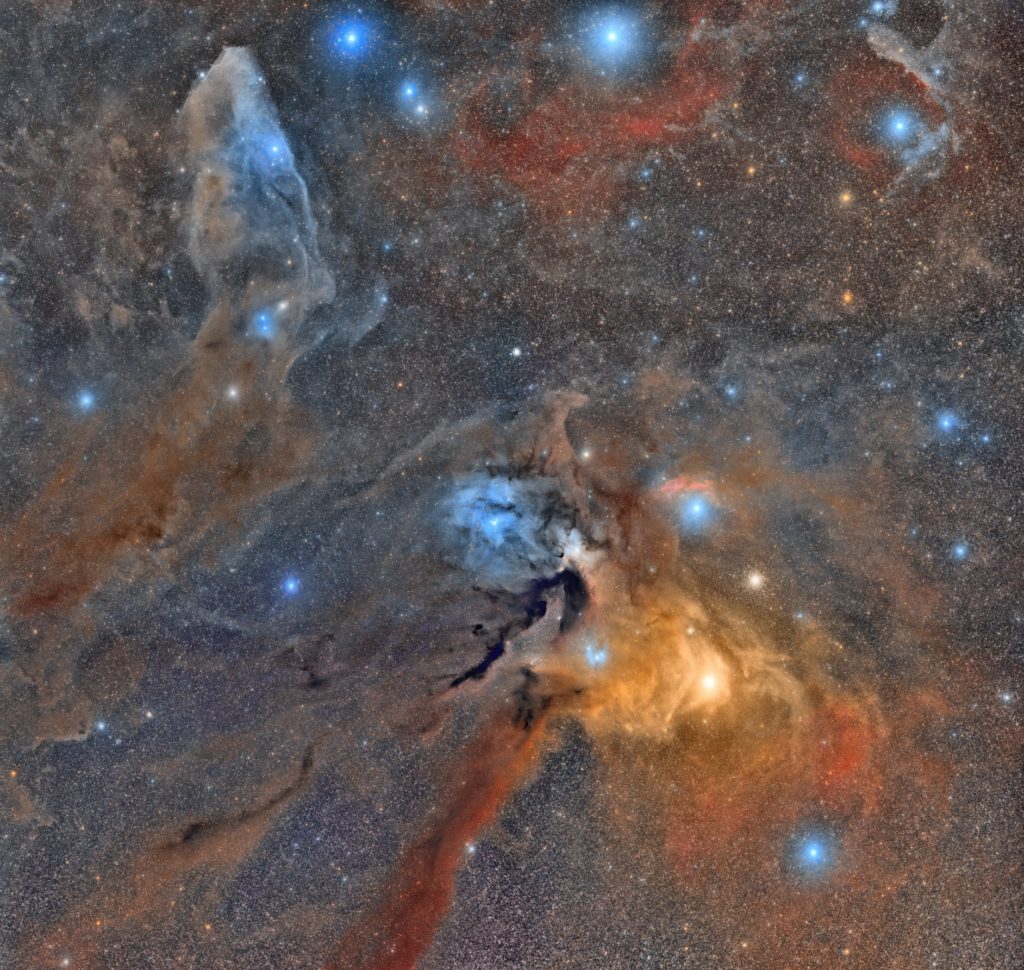
About the image: I have always found the region around Antares very beautiful. The nebula complex is composed of different types of nebulae: reflection, emission, and dust. This region is one of the few in the sky with yellowish nebulosity. The main challenge to capture this nebula complex is its area, the whole complex is huge and expands several tens of degrees. To cover such an extended area of the sky I planned a 2×2 mosaic with my Atik 11000 and my FSQ106 in F3 configuration. The whole mosaic covers more than 100 square degrees. We can comfortably squeeze 400 full moons in the FOV of this mosaic.
About the astrophotographer: José is a highly skilled astrophotographer and is based across the southern United States and Mexico. José operates his own blog in which he highlights some of his personal favourite images. Read José’s blog here.
Fritz Laun – The Falling Nebula (Cocoon) – Atik 383L
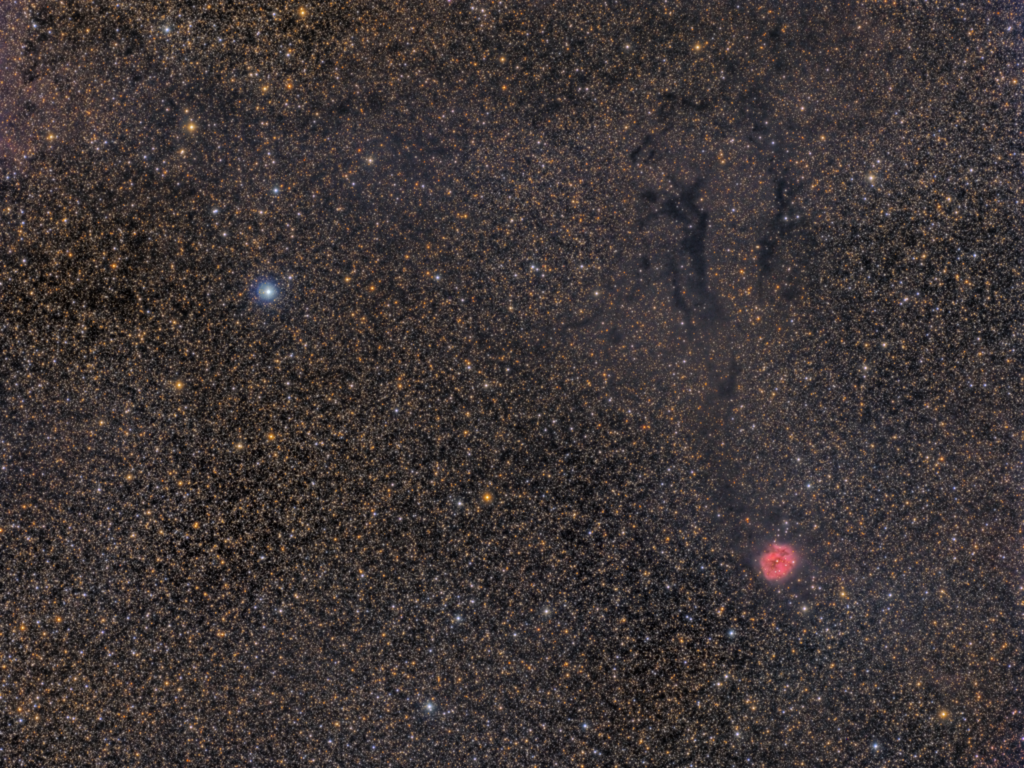
About the image: I typically image at long focal lengths, near 2000mm, and this image was one of my first wide field attempts. I quickly found that imagining wide field created the chance to really use composition on the target. Normally I’m imaging a small galaxy or nebula and simply place it at the center of the image because there’s nothing else interesting around – wide field is polar opposite.
For this image I wanted to create a look of the Cocoon nebula falling by using the background nebulosity. In order to take advantage of clear nights with a full moon I decided to try out an HaL, HaR, G, B image. I blended the hydrogen data with L and R using the continuum method in PixInsight to get a natural looking image. In total this image consists of nearly 23 hours of data. I image from my backyard observatory in the suburbs of central Florida so I need a good amount of data to fight the local light pollution.
About the astrophotographer: I’m an aerospace engineer and amateur Astrophotographer in central Florida. I have been fascinated by the wonders hidden in the night sky ever since my father first showed me what the moon looked like through a small telescope. It was at that point I realized there are all of these amazing objects in plain view above us every day – just waiting there to be seen.
I took up astrophotography when I was in high school back in 2005. This was the beginning of the digital camera revolution, but it hadn’t yet become affordable for a high school amateur astronomer. My first images were using black and white film of the moon to get the most detail that I could.
One thing led to another and I quickly became immersed in the world of astrophotography and strived to make my next image better than my last. Fast forward to 2019, I built my dream observatory in my backyard and I have never looked back.
Highly Commended
Last, but by no means least, here are the beautiful images in our highly commended section, starting with the astonishing capture of Comet Neowise by Maarten Rolefes. Maarten achieved this image with an Atik 383L, a Williams Optics Star 71 scope (348mm at f4.9) and 55 minutes of exposure.
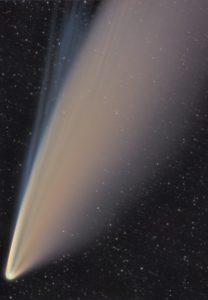
We would also like to applaud astrophotographer David Paul for these two images of NGC4244 and ARP273, skilfully captured (unguided) with an Atik Horizon mono. An enormous amount of effort goes into each and every one of David’s images, but I think you’ll agree, it pays off.
- Tap for high resolution
And we couldn’t leave without tipping our hat to these images too
(tap the image for full resolution)
- Oliver Aguerre – VDB141
- Regis Le Bihan – NGC7023
- Stephan Hirschmann – Barnard 8
- Fritz Laun – M1
Again, we offer our congratulations to Stefan and Thomas who have won an Atik 16200 mono, and to our runners up who win an accessory of their choice.
Our 2021 competition will be open very shortly, and we look forward to seeing your inspirational images throughout the year.
Wishing you all clear skies.

